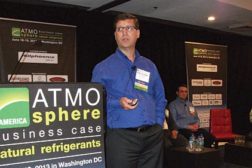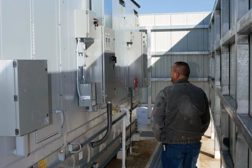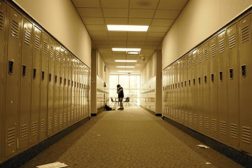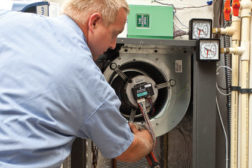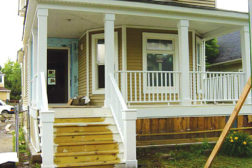Home » renewable energy
Articles Tagged with ''renewable energy''
More Districts Utilizing High-Efficiency HVAC Equipment to Reach Energy Goals
Read More
Outdated Factory Transformed into LEED-Certified School
Active Chilled Beams, Dedicated Outdoor Air Help Building Achieve LEED Gold Certification
August 5, 2013
USGBC: Schools Need $500B for Updates
HVACR Contractors Can Work with Schools to Improve Buildings
Read More
Senators Introduce Energy Competition Bill
Bill Would Create, Fund, Implement Energy Productivity Competition for States
August 5, 2013
Bells, Whistles for Geothermal Heat Pumps
Manufacturers Introduce Features to Improve Comfort, Efficiency, Serviceability
Read More
Utilities Encourage Geothermal Investment
Utilities Reduce Installation Costs to Encourage Use of GHPs
Read More
July 22, 2013: North America Expected to Lead Worldwide Microgrid Market
Microgrid Capacity in North America Forecast to Reach 5.9 Gigawatts in 2020
July 22, 2013
Use of Solar Power Rising in US
Solar Accounts for Nearly Half of Electric Capacity Installed in US in Q1
July 15, 2013
Magnetic Cooling Offers Alternative Cooling Process
Research Yields a Substitute to the Compression and Expansion Cycles
Read More
Copyright ©2025. All Rights Reserved BNP Media.
Design, CMS, Hosting & Web Development :: ePublishing


